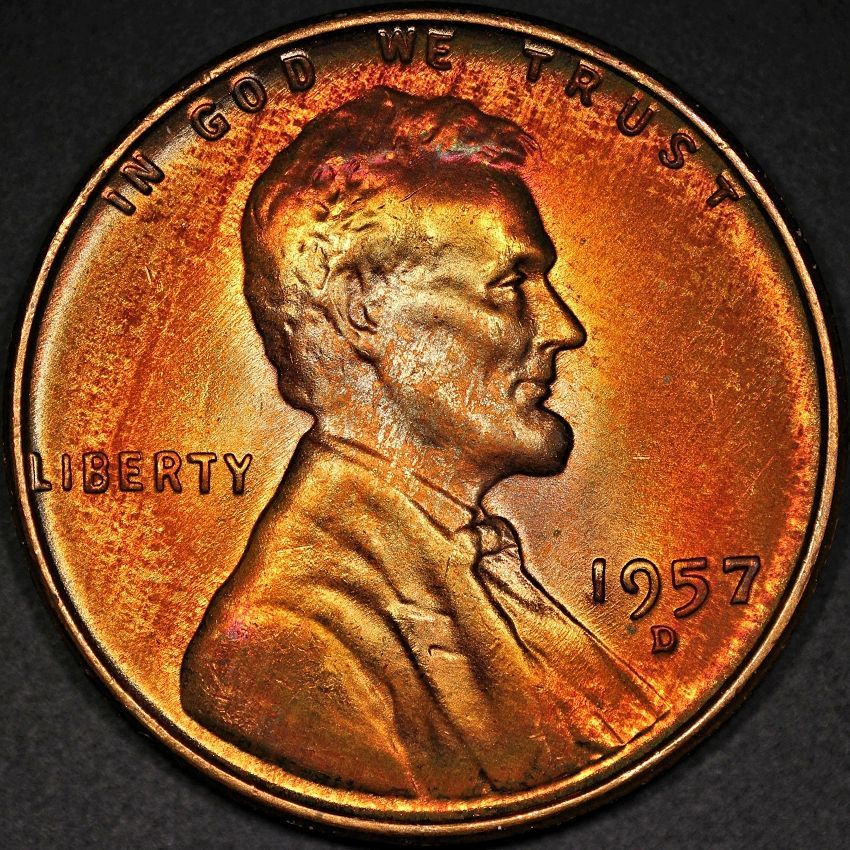Babylonia wrote:You can test by your own camera what you can expect as a reference for a FF camera using about the same pixel density, just by increasing the magnification by 1.5 (1.6) in comparison to your normal enlargements...
18MP is giving me enough detail for now, and the larger sensor will degrade my sharpness, so not sure what I will gain. The pixel size is the same on the larger sensors versus smaller, and thus diffraction limits are the same at a given magnification, so increasing magnification will probably give a worse image quality. Or am I missing something? Most of my personal coin imaging is of Cents at 0.8x, so very near the 1:1 optimum for the duplication lenses anyway. Going to 1.3 would likely not help from optics perspective. [/quote]
Babylonia wrote:...All these changings in the sake of "handy and a broad usage" makes a lens very complex within its design, with culprit to pure optical performance for a small banded area of close subject distances.
I agree on the camera-mount dedicated macros, but what about the industrial market that the 105PN was built for?
Babylonia wrote:In this regard I am very amazed with the first tests I did with an
APO Rodagon-N 105mm/4.0 ...Enlarger lens for medium format film (6x9 cm), sharp from corner to corner, plus good performance for colour.
Of course enlarging lenses needed to be the very best possible optics. Even the low-end enlarging lenses I've tested are better than most dedicated macros in the macro range. I have not tested a 105ARN but I assume it is superb. But the enlarging market has been dead for some time and little or no new development has occurred. Those lenses that could be re-purposed for duplication, macro or industrial use have made the transition, and are apparently good enough for the modern purposes such that newer and better lenses are not needed.
dickb wrote:You've tested some lenses which have a stellar reputation. I expect some of these outresolve the sensor you're using at the moment. Maybe buying a Nikon D800e will give you a much bigger leap in image quality than getting another great lens. Of course, a camera is a far worse investment than quality glass..
I am very interested in the D800E with removed AA filter, though I may just have the filter removed from the Canon. Anyone know if this is feasible on a T2i? Based on the pics I've seen published on the web, this would give a bigger boost to resolution and sharpness than almost anything else I could do. But I don't know what to believe...
dickb wrote:
Anyway, my suggestions for your ultimate glass are:
Zeiss S-Orthoplanar 50mm, 60mm, 105mm
Zeiss S-Planar 60mm, 74mm, 120mm
Nikon Printing Nikkor 150mm
Nikon Macro Nikkor 65mm, 12cm
Rodenstock Apo Rodagon N 80mm, 105mm, 150mm
Leitz Photar II 80mm, 130mm
I have heard conflicting stories on the 60SO. One review said it is more famous than sharp, so I'm loathe to pay the exorbitant collector prices. I own a 120SP, and am not impressed. It performs about the same as my 120AMED, good but not in the same league as the best lenses. There are penalties to pay for big image circles. The 150PN looks excessively interesting, but ONLY the old model. The new model is just a 1:1 duplication lens with bigger image circle and poorer resolution than the 105PN. But the old model had provision for user-adjusted magnification optimization. I've never seen one for sale anywhere but would love to test one. Would be nice to dynamically-optimize the optics for any magnification used. I bought a 74SP once, but it had coating problems and very poor contrast. It sounds like part of the contrast problem may be present in a perfect copy? That is disappointing. 65MN looks very interesting but optimized for higher mags so might not do as well at 1x. I own a 120 Photar and am not impressed with it either.
One lens not mentioned that from my tests is about the sharpest dedicated macro out there is the 40 year old "Bokina" (Tokina-made Vivitar 90mm f2.5). I hate the 1:1 adapter and get better performance on APS-C with extensions but this lens is way up there on sharpness scale. Unfortunately its contrast is poor. I've tested at least 5 copies of this lens and all were the same.
dickb wrote:
What is your present routine for photographing coins? Maybe stacking images focussed on the top and the base of the coin face gives you what you're looking for.
I've done a few stacks to see if I can get better results and it is definitely required for best resolution. Most of my coin photos are not stacked, and taken at f5.6 which gives enough DOF at 0.8x to sharply resolve a Cent. Most coins have low relief in the devices so don't need a lot of DOF as long as the coin is flat vs sensor. That said, here is an image of a toned Lincoln Cent I took with the 105PN with (IIRC) a 5-image stack. By the way, I use CZP and have never tried the other stackers I've read about. Would I do better with Zerene or Helicon vs CZP???




